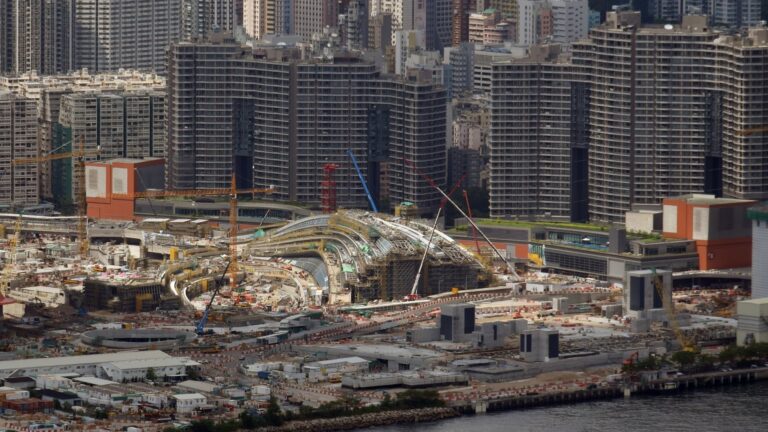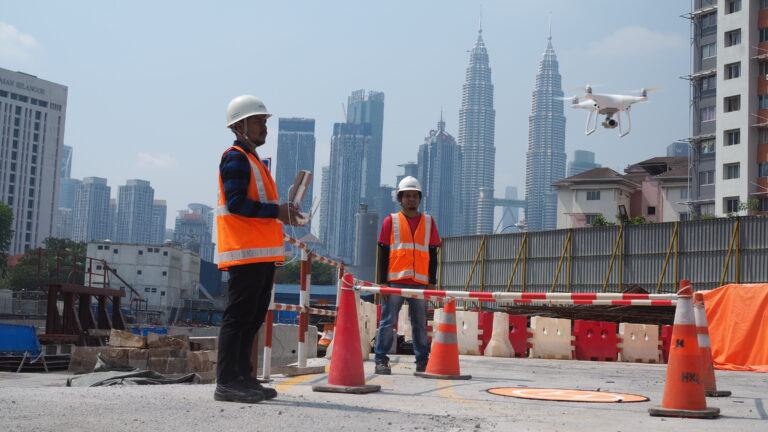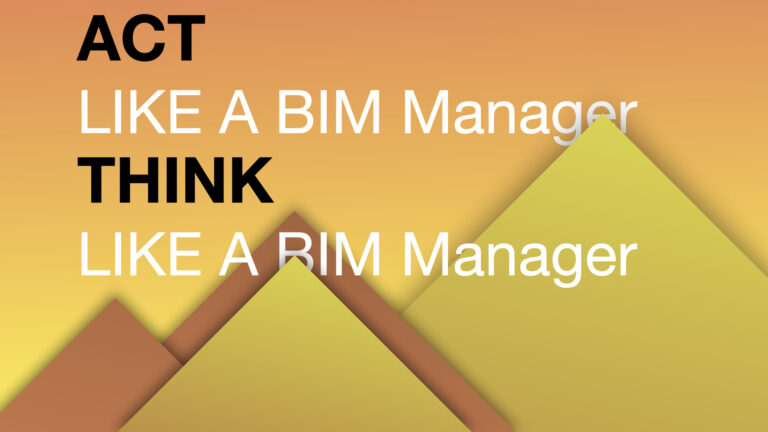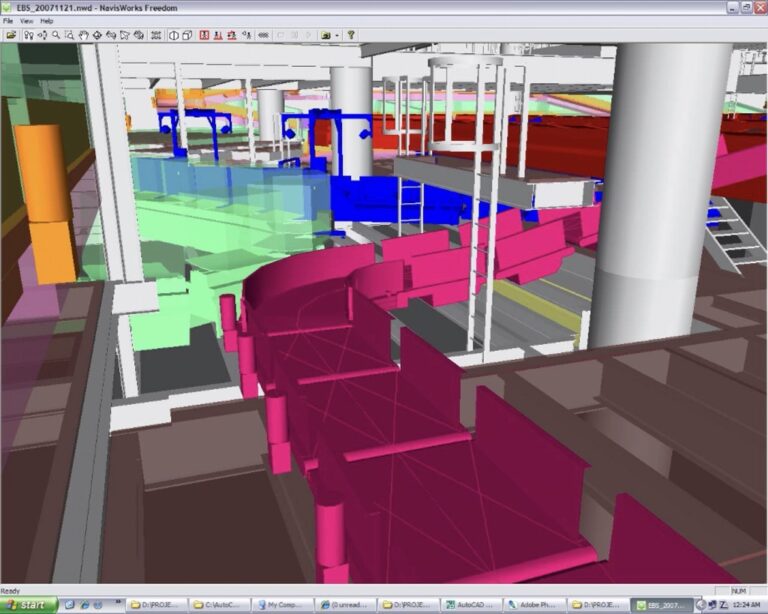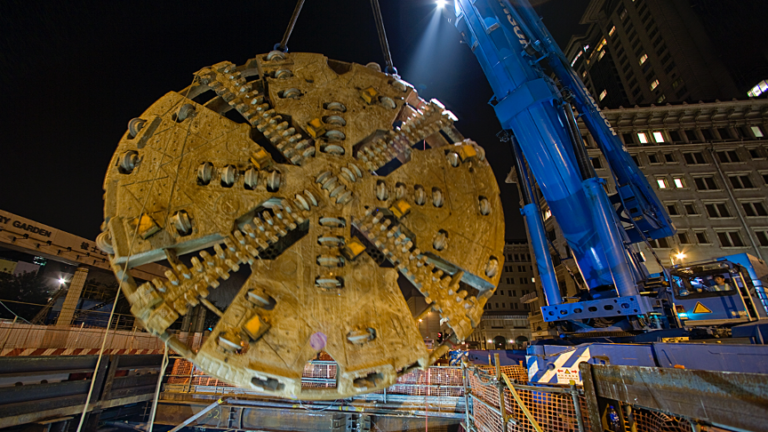The successful use of the information in BIM, produced during design and construction, for facilities management or asset management is a substantial challenge. In my experience, there are 5 requirements which must be met before BIM data can be used for FM.
1 – The owner needs to define what they want
The owner is buying asset information. The client is responsible for defining what information they require to manage their assets. The owner has to think of the information as a valuable asset, that they have to pay for and that they have to maintain.
If they don’t see it as a valuable asset they are never going to get what they want and they’re certainly not going to get what they need.
There is a huge responsibility with the client to specify precisely what FM data they want.
2 – Manage asset data separately from BIM
The asset information should be collected, stored and managed in databases, separate from design or construction models.
I don’t believe that the facility management information should be store in Revit or any other BIM authoring tools. I believe that the information should be kept separate and I believe there should be a key in the model to the data, such as an Equipment ID, asset tag or another unique identifier.
The idea of a Revit team updating models with asset information is counterproductive because it requires an expensive resource of experienced, competent Revit staff. There is a lack of modellers with the relevant knowledge. To rely on Revit to store FM data would also mean retraining an entire industry of facility managers. The best approach is to collect the data away from the models and link the data and models together.
3 – Classify the Information
A critical item for any asset management strategy is You must have a classification system, such as Uniclass or Omniclass to structure the information correctly.
It’s not good enough to say we want the consultants to model the assets. There needs to be an agreed way of classifying and labeling all the building components in BIM. The classification system should be based on entities, spaces, systems and products.
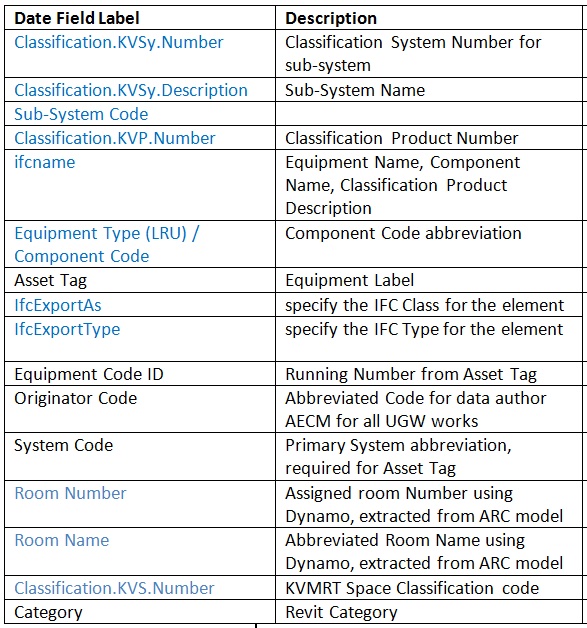
For a metro railway project, each station is considered as an entity.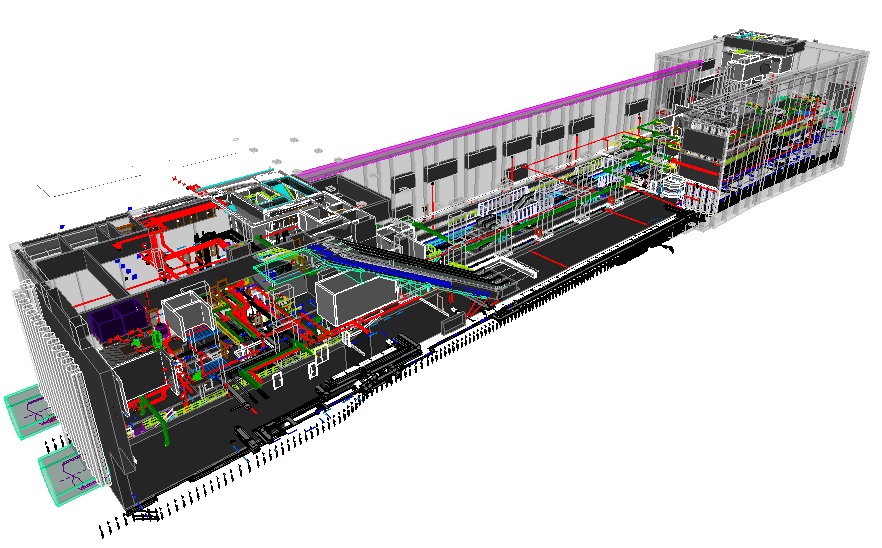
Inside the station are all the spaces. Facility Management is based on spaces. If somebody reports a problem or an issue with a particular facility, the first thing they will identify is what room they are in or which space or area they are in. For a client who already has a space naming specification or convention, this can be used in the classification tables.

Systems are complete networks within an entity. This could be a fire sprinkler system, a drainage pump system, an air supply system, a smoke extract system etc.
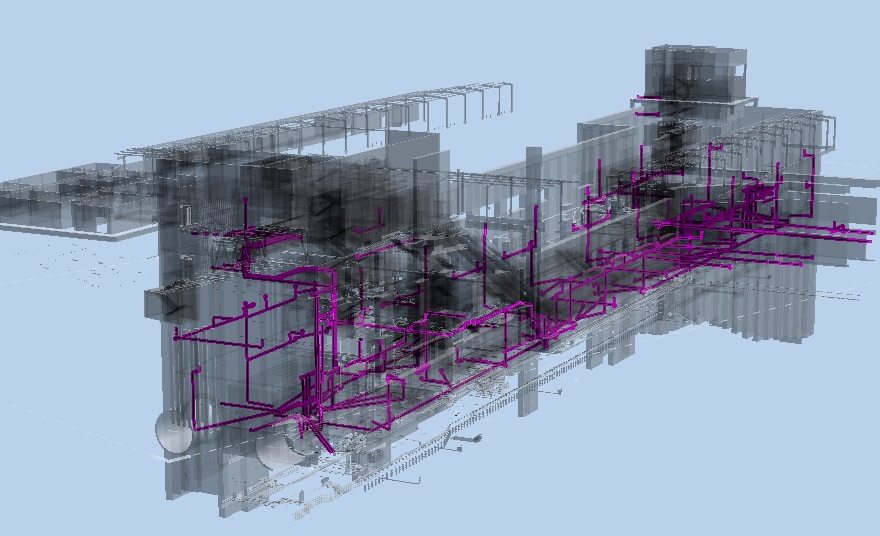
The individual components or elements within a space (room) are products. They could be a fan, a light, a switch or any particular asset that needs to be repaired.
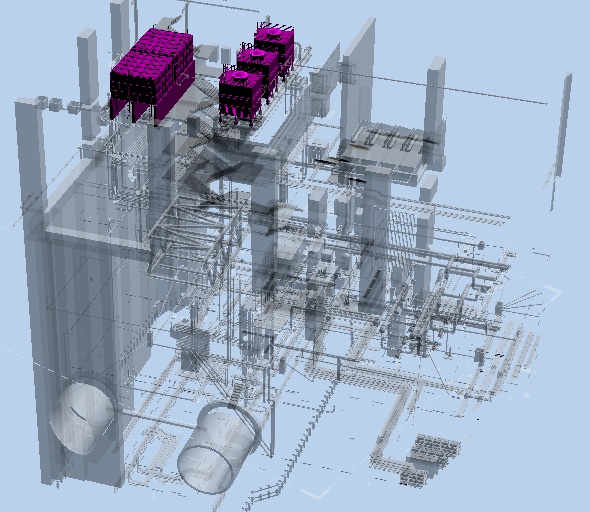
The classification system is the backbone to everything everything else that we have to do in terms of collecting data for facilities management. Every asset in the building should be identifiable by these four pieces of information. The classification data must be included in BIM using metadata or parameters in the models.
Once the client has identified and specified the classification system, the classification codes are input into the models by the design consultants. The designers, the architects and engineers, are responsible for using the correct classification information in their respective BIM systems. Tools such as Solibri can be used to check that all of the systems are classified correctly by the designers.
4 – Use BIM to review the design of the assets
Architectural models contain the spaces (rooms) as well as components such as floor finishes, doors (with fire rating information), ceilings, balustrades and other important elements.
Structural models do not typically need to be included in an FM database. Concrete, structural steel, foundations etc, are not regularly maintained. At least not as frequently as the live systems.
The live systems are critical to facility management. Air pressurization fans, water pumps, electrical devices, switches, valves, fire hose reels and many many more components need to be maintained frequently. These should all be modelled by the MEP consultants during the detailed design.
For metro railway systems, there are additional components such as speakers, train control systems, platform screen doors, ticket gates and other systems which need to also be included.
Federated BIM databases, such as a Navisworks model of a building or station can be used to identify every building component or asset that needs to be included in an FM system database. The information in the federated model is used primarily for design and for construction.
Architects and engineers are not experienced in using data for FM. It is not part of their standard services. They don’t necessarily know what information is needed to maintain the assets. Their task is to ensure all the components are modelled, classified and identified using a unique ID, such as an asset tag in their models.
More importantly the facility management team should regularly review the federated models to check the plant room layouts, arrangements and designs of the building systems to determine if the actual building can be maintained efficiently.
5 – Digitally collect the asset data on site
The construction team should be responsible for collecting the asset information that’s required to run the facility. Based on the clients specifications and requirements, the data needed may include supplier information (manufacturer, description, model, serial number), equipment details (spec sheets, installation manuals and O&M manuals in PDF), maintenance requirements, replacement details, life expectancy, etc.
In addition, the contractor can collect data on the procurement process, quality checking, installation dates, commissioning dates, testing completed and other useful data from the installation.
Traditionally the FM information was collected as boxes filled with as-built record drawings, printed O&M manuals and folders filled with signed forms. In some projects the information filled rooms or containers!
All the data can now be collected digitally. Using the asset tag as a unique identifier, digital forms can be used to structure and collect all the data required for asset information management. The asset data can be updated throughout the process of procuring, manufacturing, delivery, installing and testing every piece of equipment.
Using Fieldview as the site digital data collection platform, our engineers, sub-contractors and suppliers can ensure that the asset data is collected, submitted, checked and approved in an efficient and productive manner.
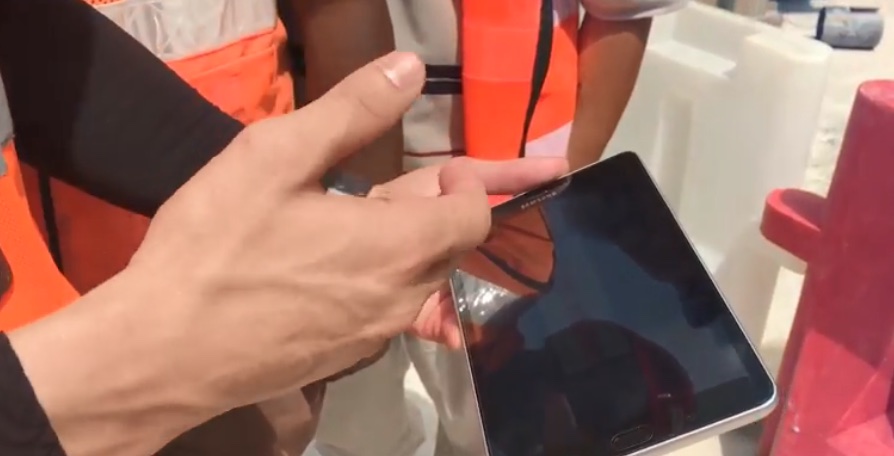
Using Fieldview as the site digital data collection platform, our engineers, sub-contractors and suppliers can ensure that the asset data is collected, submitted, checked and approved in an efficient and productive manner.
Different digital forms are available for purchasing, for factory based quality control checks, for delivery to site and for signing off on installation. The forms include data fields for recording progress monitoring, defects, testing and commissioning and handover to the owner.
All the asset data is captured using the asset tag as the unique identifier. The asset tag can be an attached plate on a piece of equipment or a QR code label for scanning and tracking.
We have digitized the system to collect the data on site. That’s one reason why we keep the data separate from the models. The construction data is recorded in a relational database and the link between the models and the database is through the unique asset identification ID.
There are a number of challenges with collecting asset data;
how do you know if you have all the required data?
how do you know what data is yet to be captured or what data is missing?
how do you check the quality of data you’ve collected?
To manage the data collection process, it is recommended to plan and schedule all of the steps or tasks related to the purchasing phase, the delivery phase, the testing phase, the commissioning phase etc. It is possible to use Primavera P6 or a similar scheduling software to set up a schedule for all of the individual assets with activities for each task and planned dates.
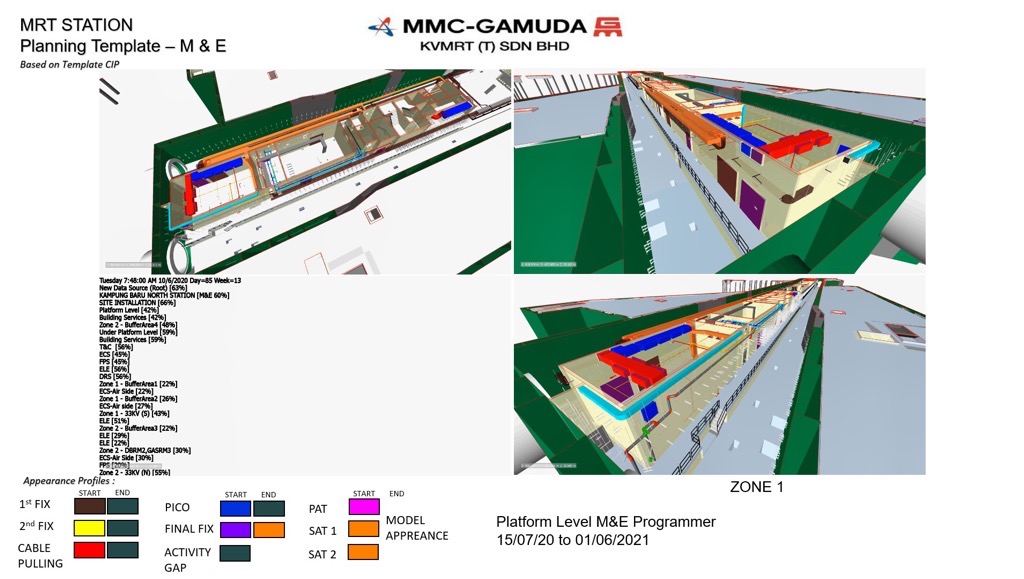
The schedule can be linked to the BIM asset models to create a 4D simulation of the MEP installation for the project. This helps with planning the works but more importantly, the scheduling information can be used to populate the digital forms in Fieldview and create check lists for the tasks and activities that have to be completed on site. As the forms are completed, the data is collected and the data can be used to monitor actual work compared to the plan of work.
When we are using BIM, the 3D asset model, is the basis for doing the planning and then the M&E team use their checklists, their procedures and their workflows, to map out all the tasks required on site. Then we can use Fieldview to capture all the asset data on the site. This is how we manage the capturing of the FM information during the construction phase.
All the structured information for each asset, will then be passed to the MRT for facilities management use.
Webinar Presentation
The presentation video shows how the clients asset information requirements, databases of facilities information, classification using Uniclass, BIM and field data collection using Fieldview were integrated to collect FM data for the MRT SSP Line.
Microcorp Sdn Bhd are hosting 4 sessions of the webinar for The #“I” in Building Information Modeling: #Catch Me If You Can!. The 4-part webinar series, discussing the “I”, or the #“Information” in Building Information Modeling as it relates to facilities management. The goal is to build awareness around the wide array of AEC practitioners on how BIM can leverage and be beneficial to the FM practices.
The speakers for the first session were
Assoc. Prof. Dr. Ahmad Tarmizi Haron from Universiti Malaysia Pahang.
Ronan Collins the Head of Project Information Management in Gamuda.
Dr. Che Wan Fadhil Che Wan Putra, Director Manager of Emost Services Sdn Bhd
Mr Ahmad Sharainon Md Shaarani the Managing Director of Microcorp Sdn Bhd.
Additional References
Viewpoint Fieldview – Championing technology Gamuda approach to building smarter
